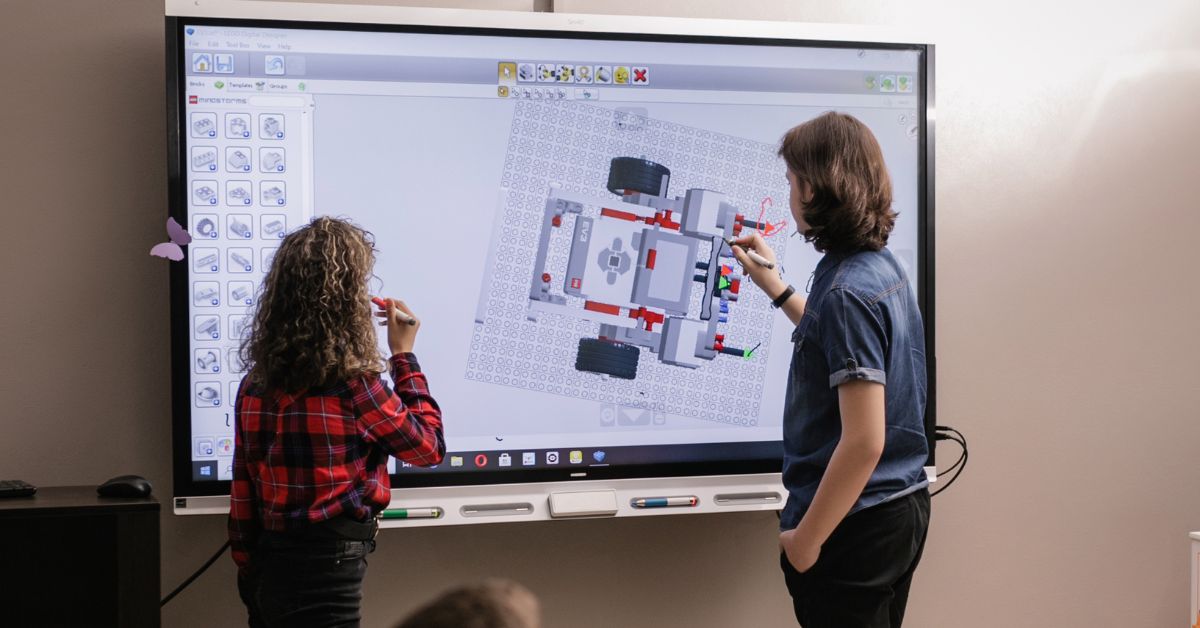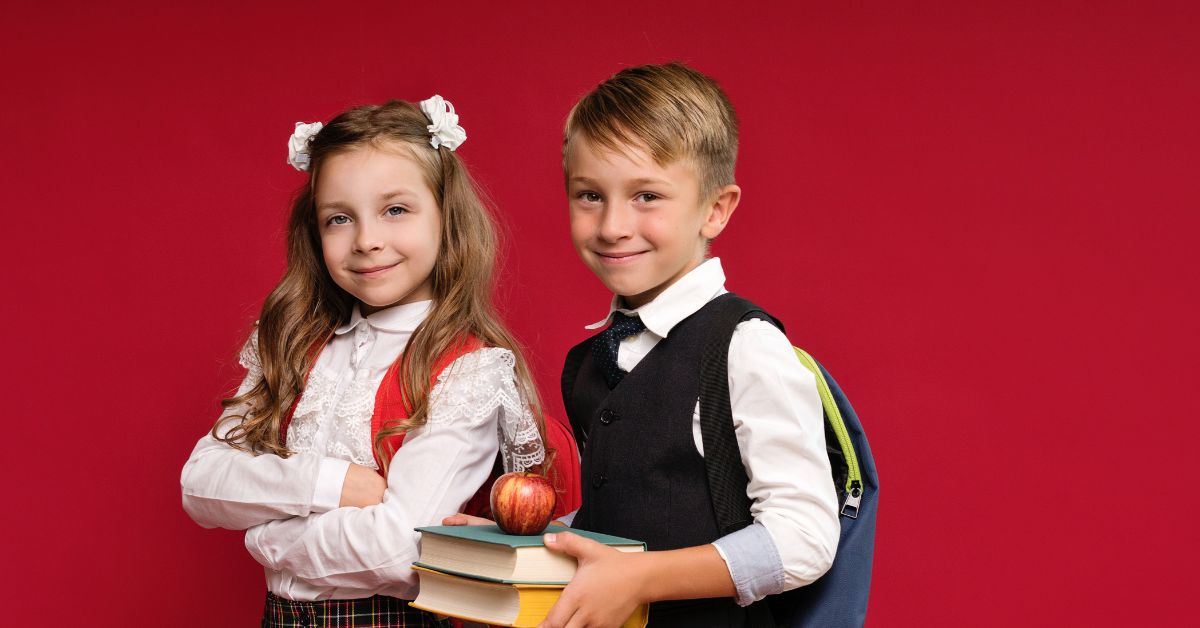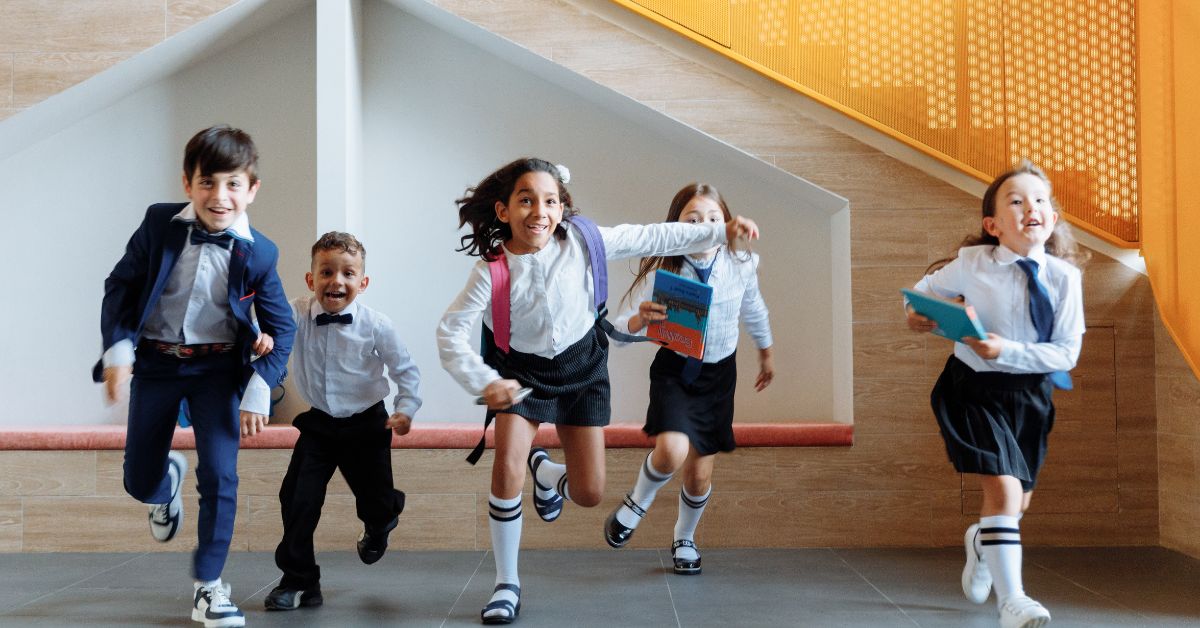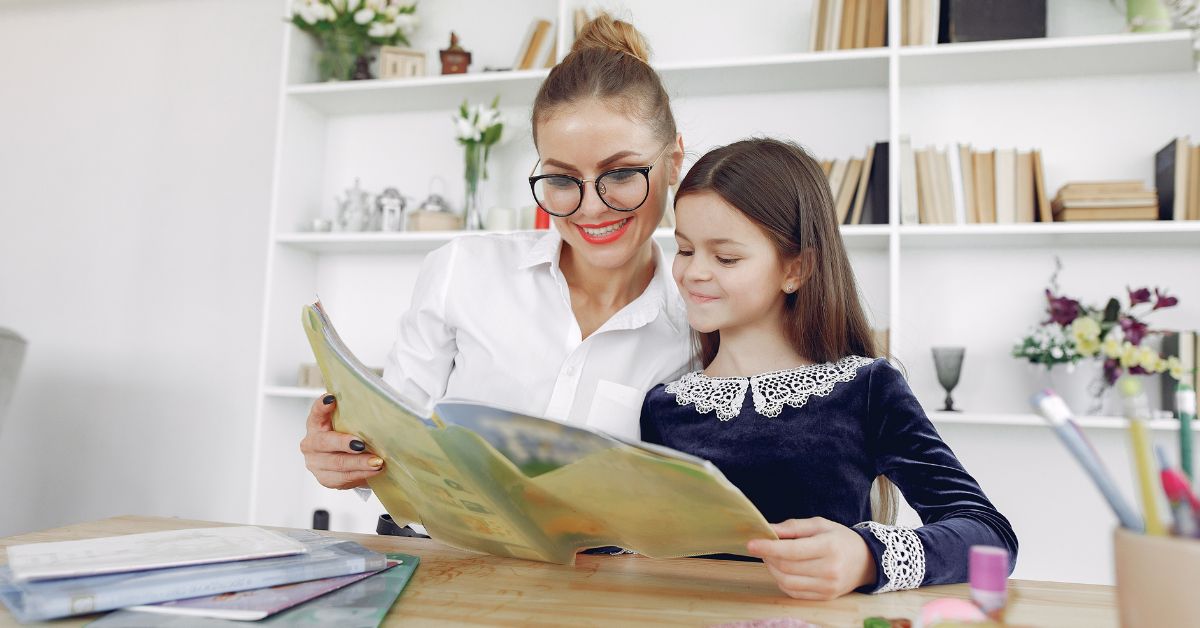While most people picture schools as rows of desks and chalkboards, a quiet transformation is underway. Digital classrooms—once seen as a backup plan—are now becoming the preferred learning method for millions of students worldwide. And the surprising part? Most students love it.
As technology advances and education evolves, traditional schools are slowly being replaced by a more flexible, personalized, and engaging digital experience.
What Are Digital Classrooms?
A digital classroom is a learning environment that uses technology to deliver instruction, assignments, interaction, and feedback online. It often includes:
- Learning Management Systems (LMS) like Google Classroom or Canvas
- Video conferencing tools like Zoom or Microsoft Teams
- Interactive learning apps and cloud-based resources
- Digital whiteboards and online assessments
Unlike physical classrooms, digital ones allow students to access learning anytime, anywhere—breaking the boundaries of time and space.
Why Students Are Embracing Digital Classrooms?
1. Learning on Their Own Terms
Students no longer have to wake up at 6 a.m., sit in traffic, or follow rigid schedules. Digital learning offers:
- Self-paced lessons
- Flexible deadlines
- 24/7 access to materials
This autonomy fosters a deeper sense of responsibility and motivation.
2. Personalized Education
In traditional classrooms, it’s hard for one teacher to meet 30 students’ needs. But digital platforms allow for:
- Adaptive quizzes
- Individualized feedback
- Customized content paths
Each student learns in a way that suits their style—visual, auditory, or hands-on.
3. Better Engagement Through Tech
Gamified lessons, virtual simulations, and interactive activities make learning fun. Many students say they actually look forward to digital lessons because they feel more connected and involved.
How Digital Classrooms Compare to Traditional Schools?
| Feature | Traditional Schools | Digital Classrooms |
|---|---|---|
| Learning Environment | Physical classrooms | Virtual, tech-based platforms |
| Schedule | Fixed hours | Flexible and self-paced |
| Access to Materials | In-person, limited hours | 24/7 access via cloud |
| Interaction | Face-to-face only | Video calls, chats, forums |
| Assessment | Paper tests, grades | Real-time feedback, analytics |
The Hidden Advantages for Parents and Educators
It’s not just students who benefit—parents and teachers are also seeing positive changes.
- For Parents:
- Track progress in real-time
- More involvement in daily learning
- Save on commuting and school expenses
- For Teachers:
- Automated grading tools
- Better data on student performance
- Ability to create engaging multimedia content
The Challenges Still Facing Digital Classrooms
Despite the benefits, digital learning isn’t without its flaws. Some common challenges include:
- Screen fatigue from extended online sessions
- Lack of social interaction in fully remote models
- Internet and device access not available to all
- Digital distractions like social media or games
However, many hybrid models now combine the best of both worlds to address these issues.
Real Stories: Why Students Prefer Online Learning
Here’s what real students are saying:
“I used to feel anxious in class. Now, I feel more confident asking questions online.”
— Riya, 16, India
“Online school lets me learn at night when I focus better.”
— Jaden, 17, USA
“I finished my math course early and started coding instead. That freedom changed my life.”
— Anaya, 15, UK
Are Digital Classrooms the Future of Education?
Absolutely. Many schools and universities are now offering hybrid or fully online programs, and the trend is only growing.
Experts predict that by 2030, a majority of education will happen either fully online or in hybrid formats, blending face-to-face teaching with digital resources.
This shift isn’t just a response to technology—it’s a response to what students need in a modern world.
Conclusion: Embracing the New Normal
The days of chalk and blackboards aren’t completely gone—but they’re fading fast. Digital classrooms are creating a new learning landscape that is:
- More flexible
- More student-friendly
- More connected to the real world
And students? They’re thriving. This isn’t just an educational trend—it’s a long-overdue revolution.
FAQs
Q1. What is a digital classroom?
A digital classroom is an online learning environment where students and teachers interact using technology instead of a physical space.
Q2. Are digital classrooms better than traditional ones?
For many students, yes—due to personalized learning, flexibility, and better engagement through technology.
Q3. Can digital classrooms fully replace physical schools?
Not entirely yet, but hybrid models are already becoming the new standard in education.








